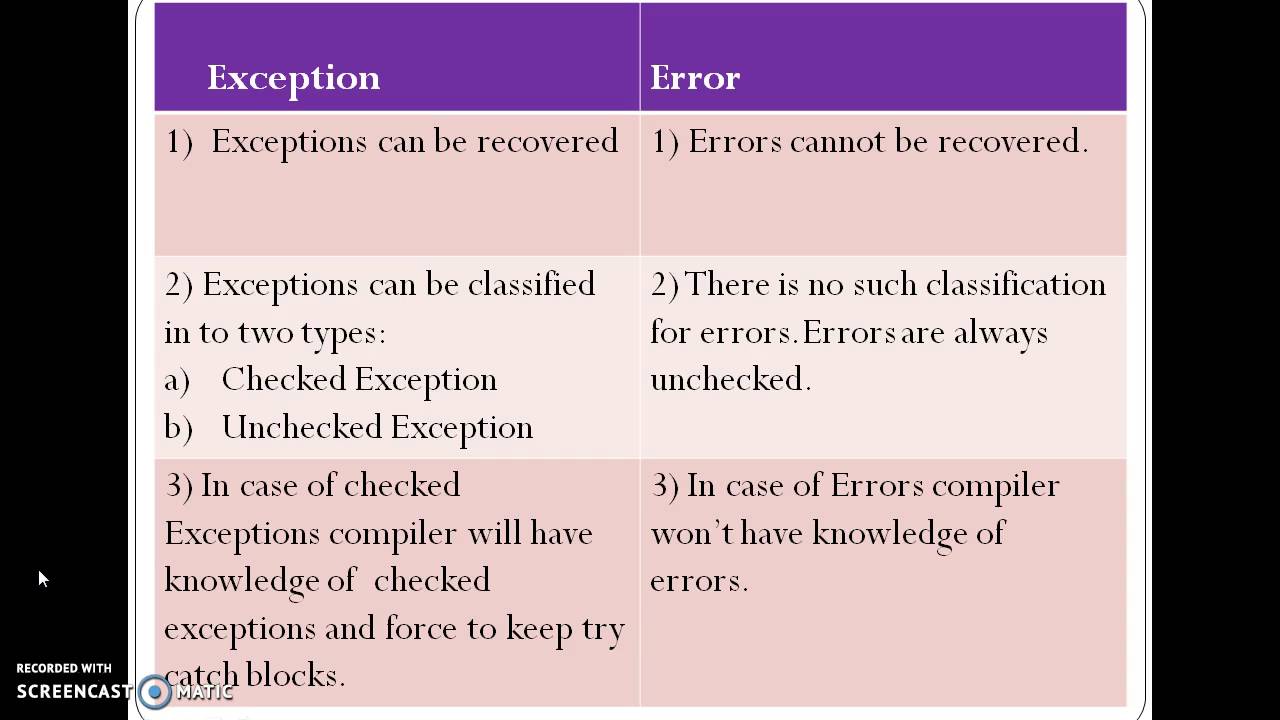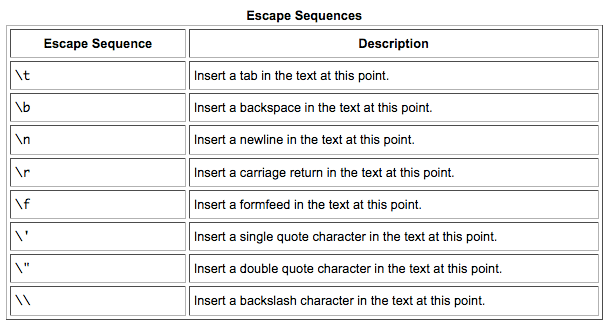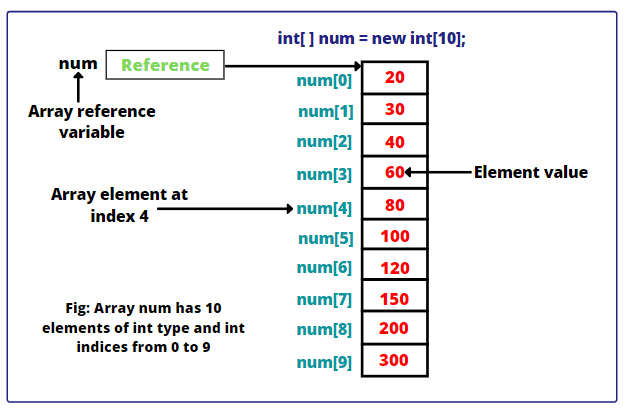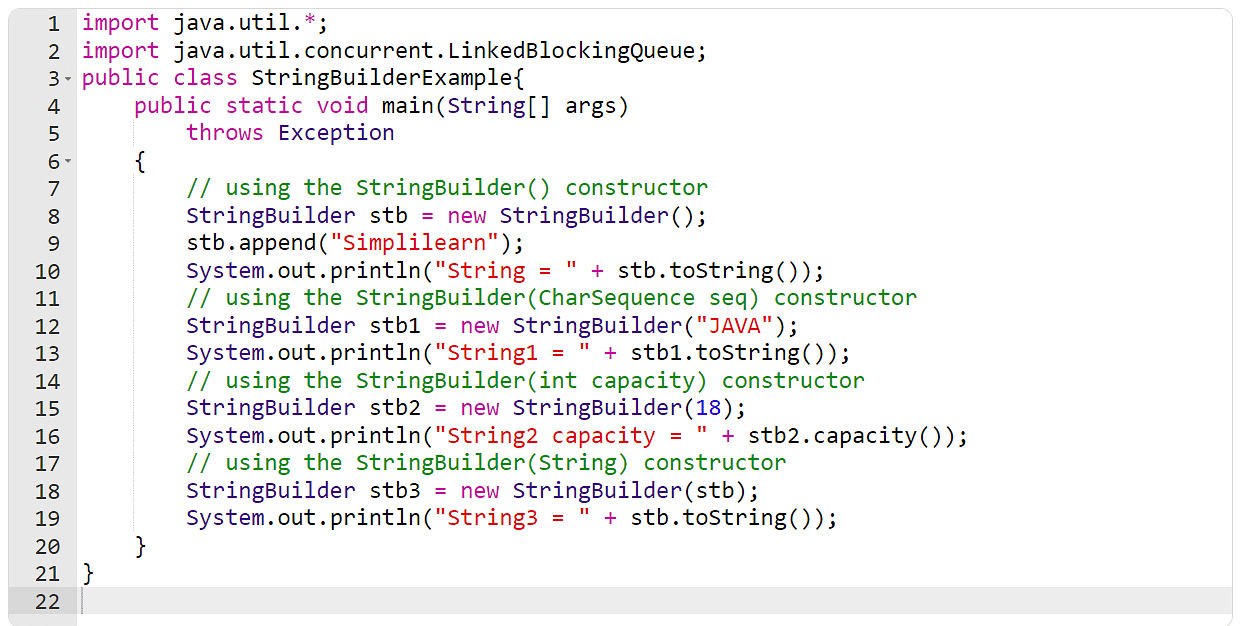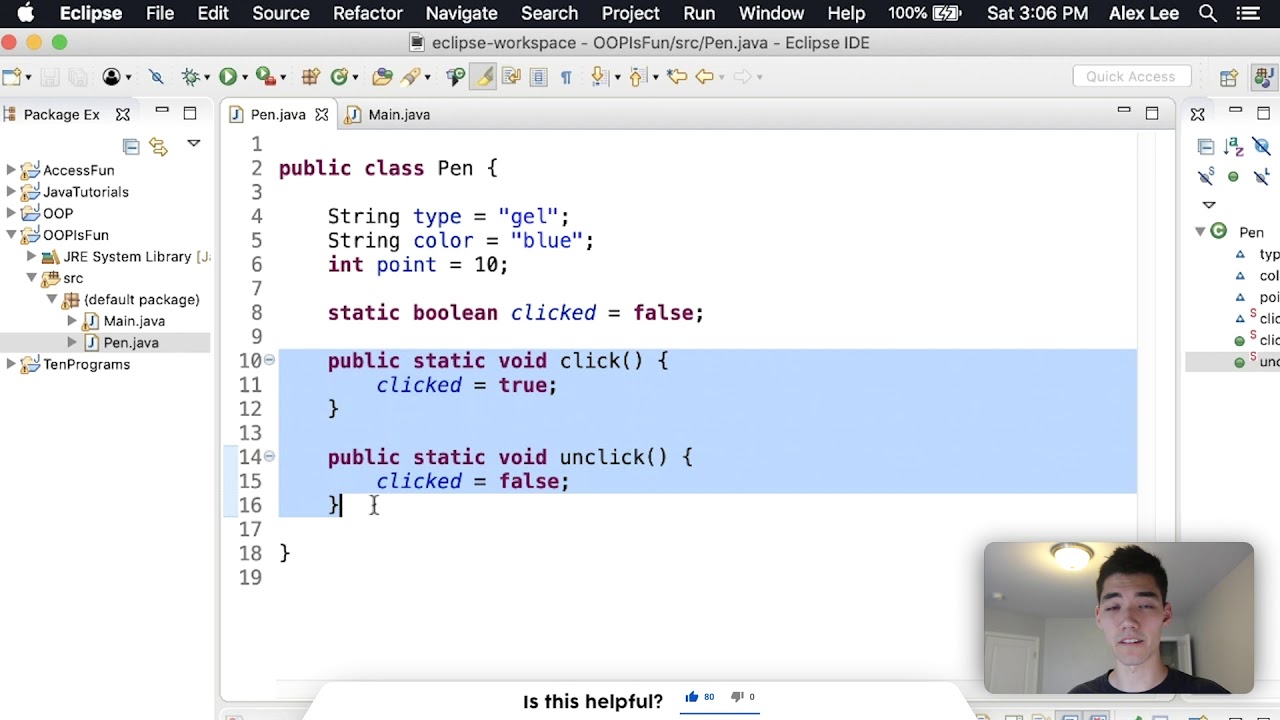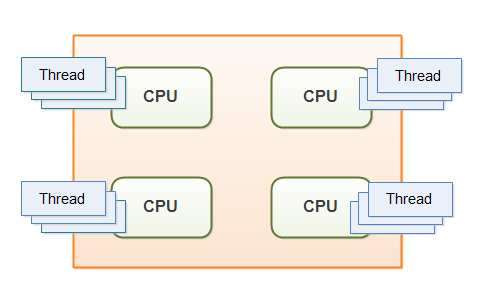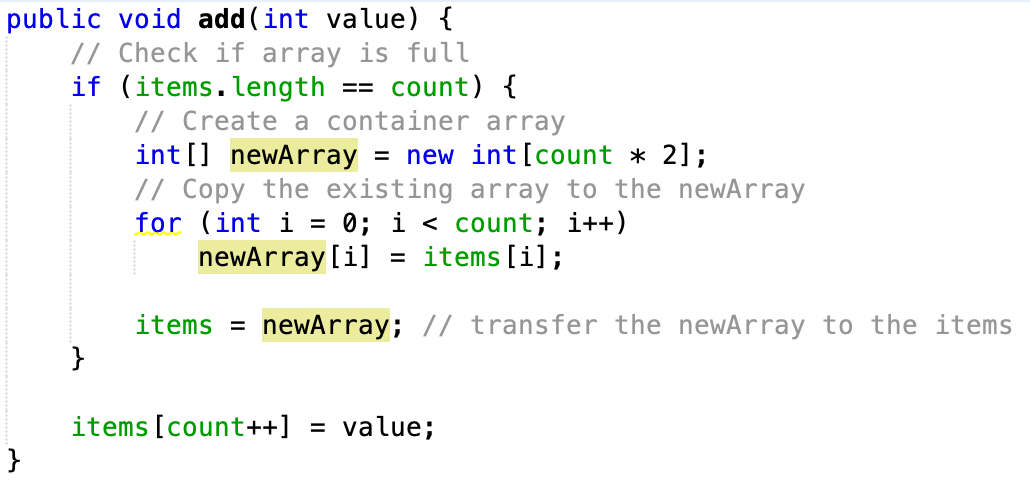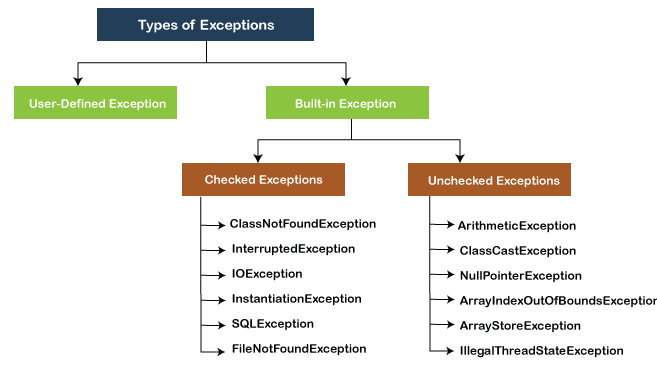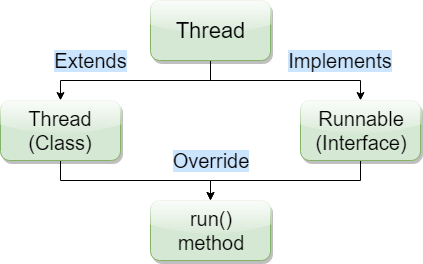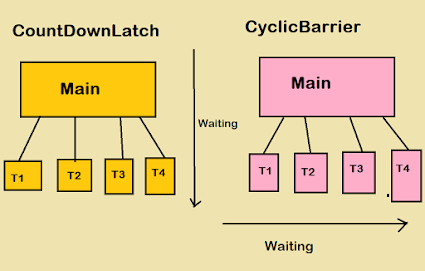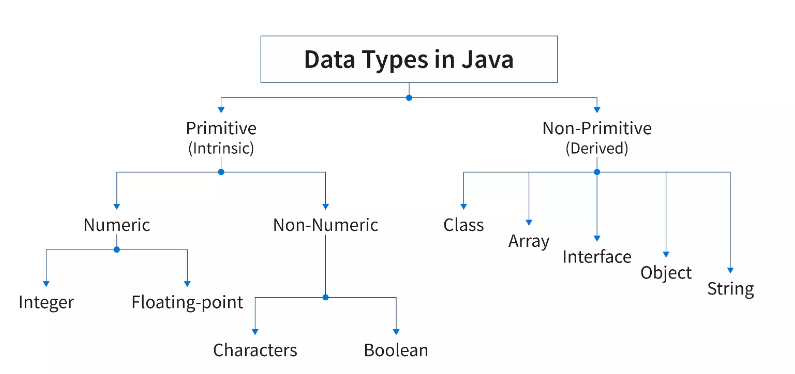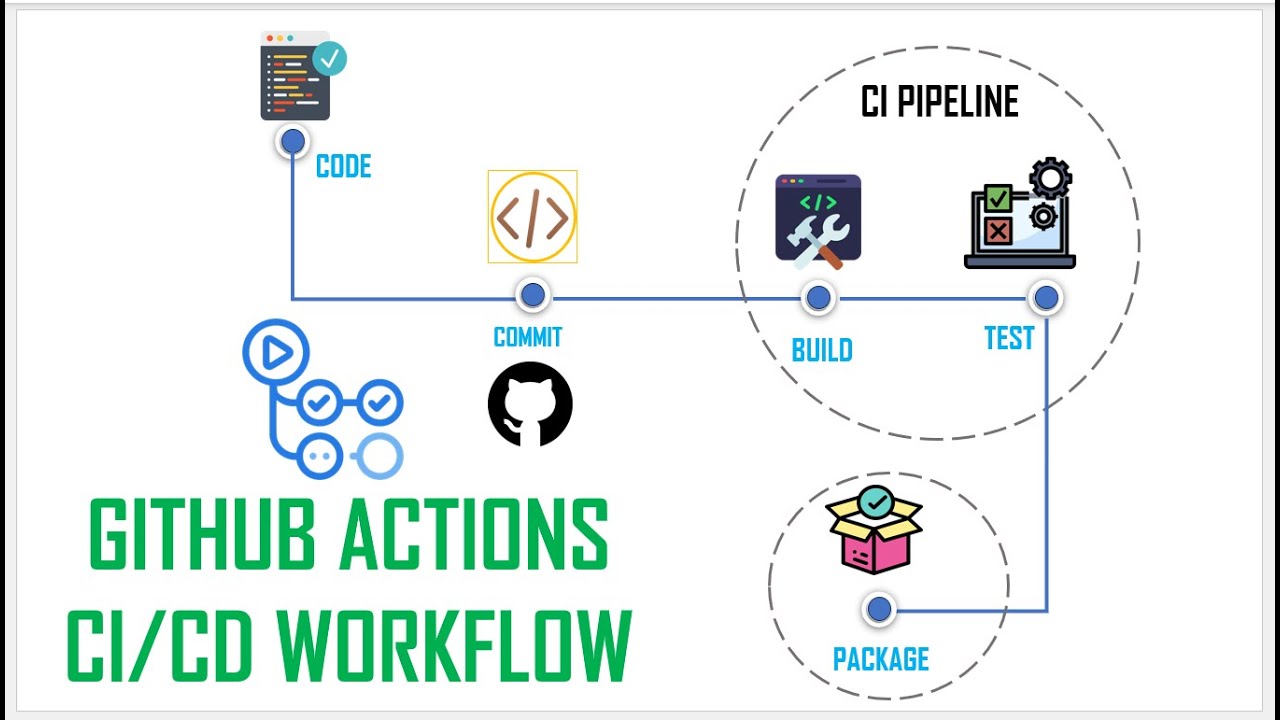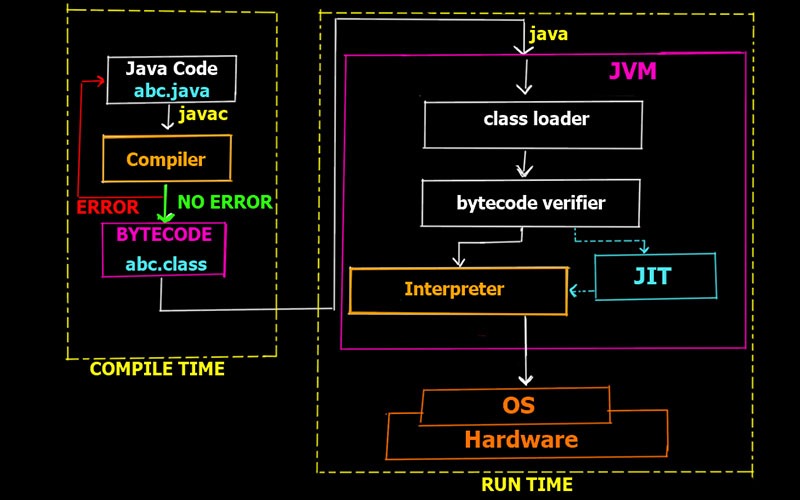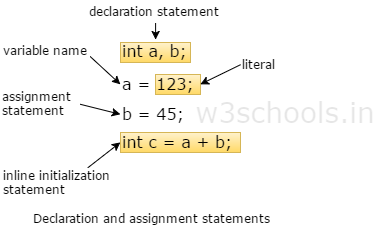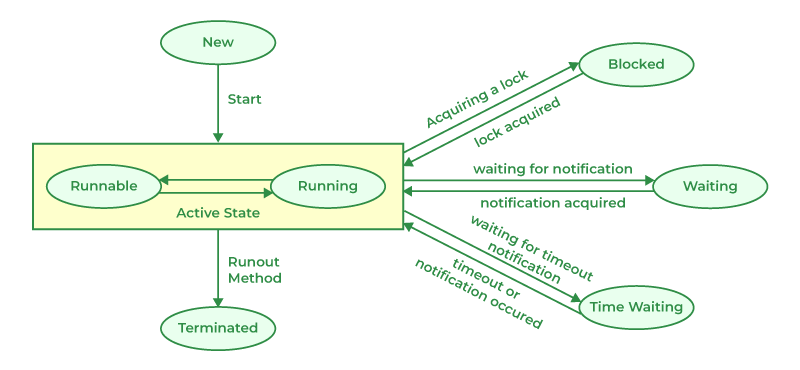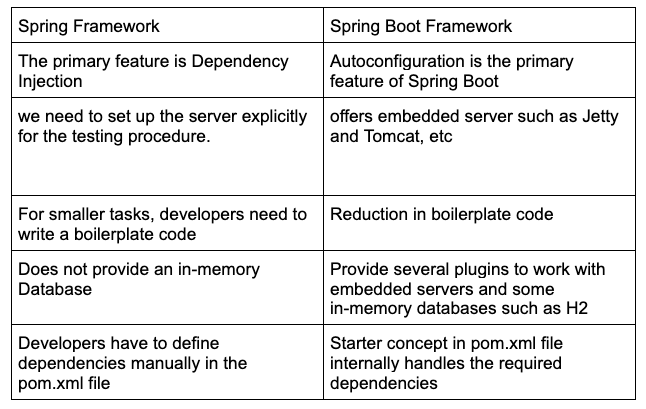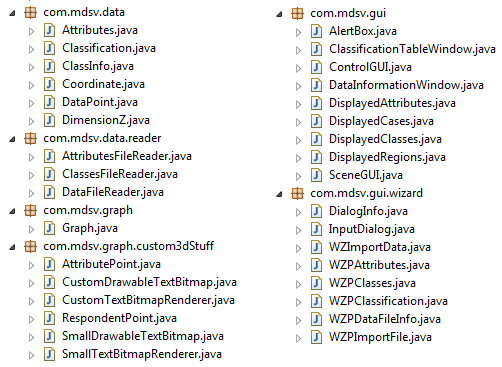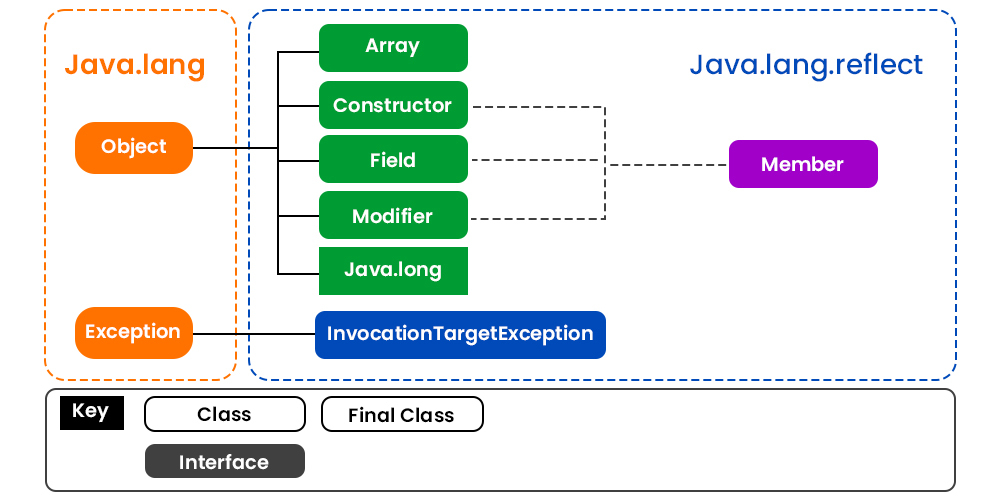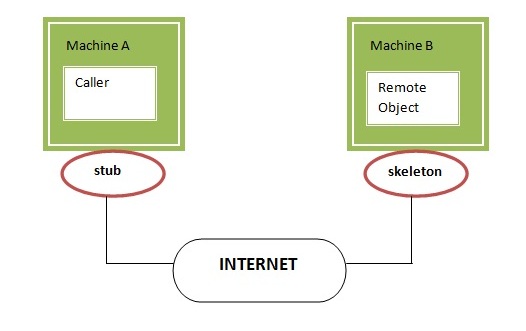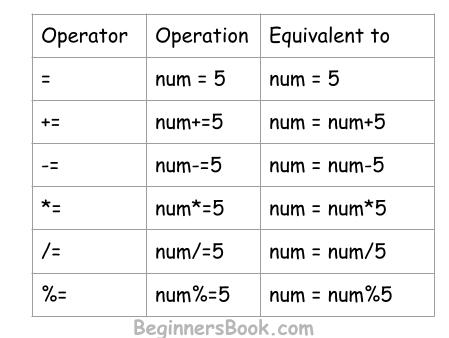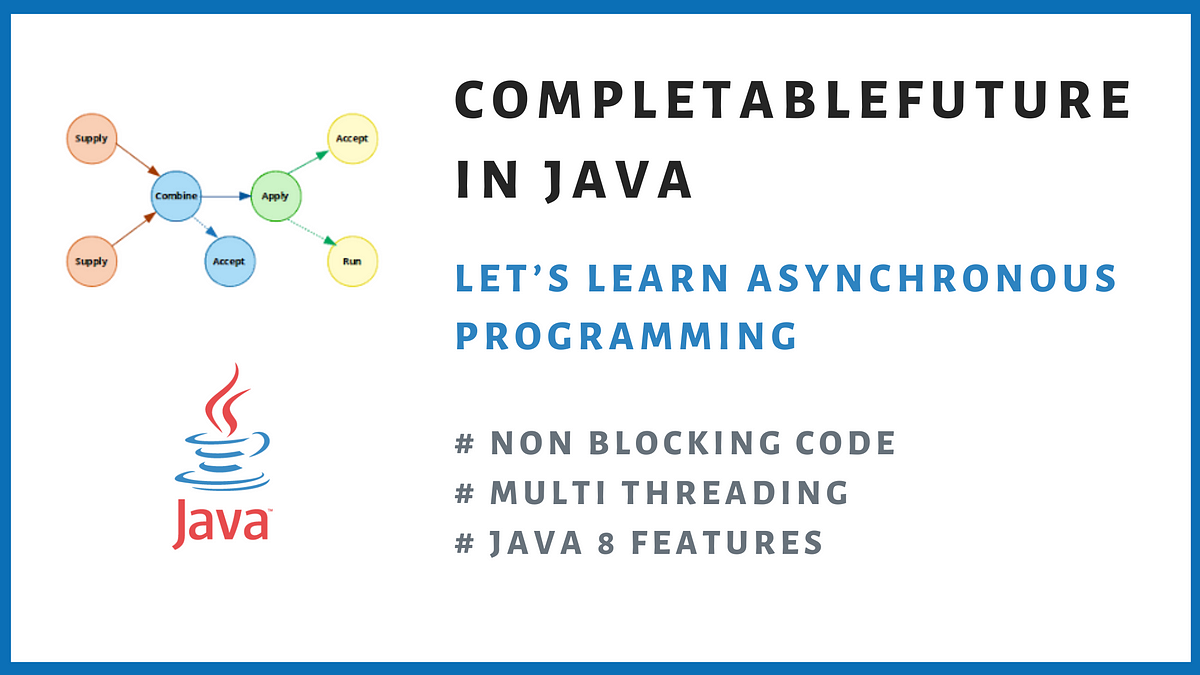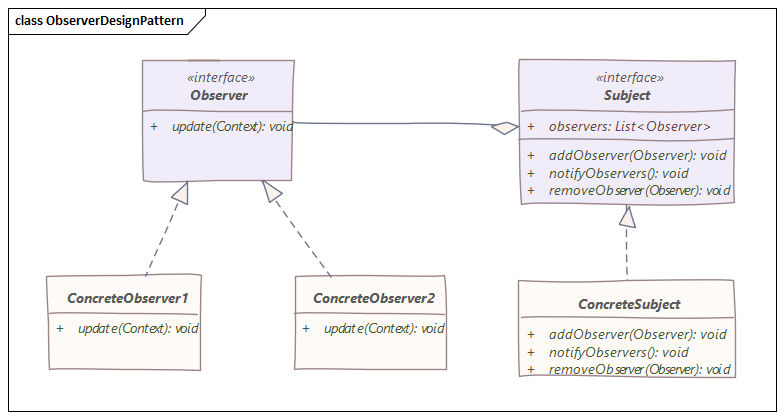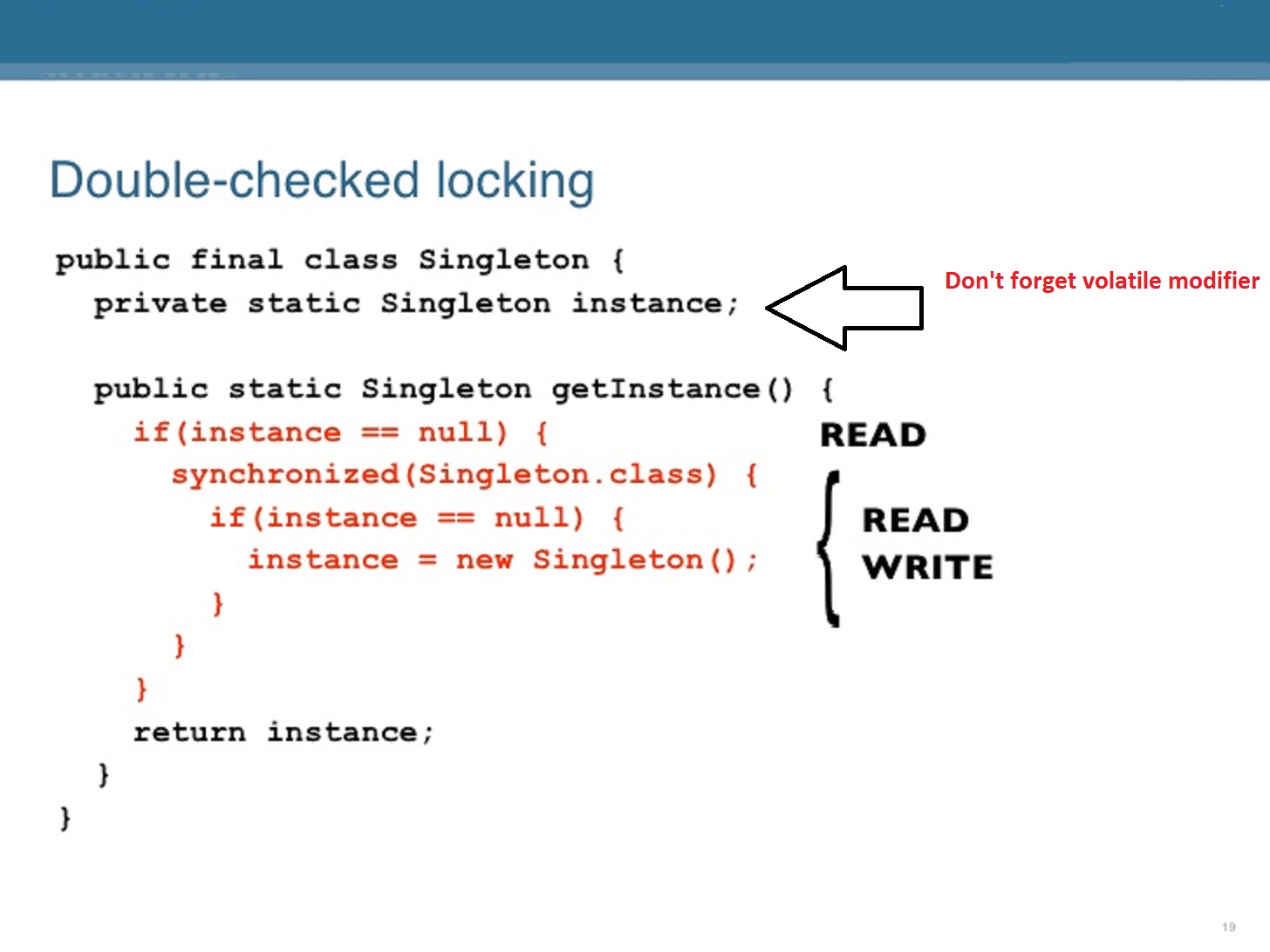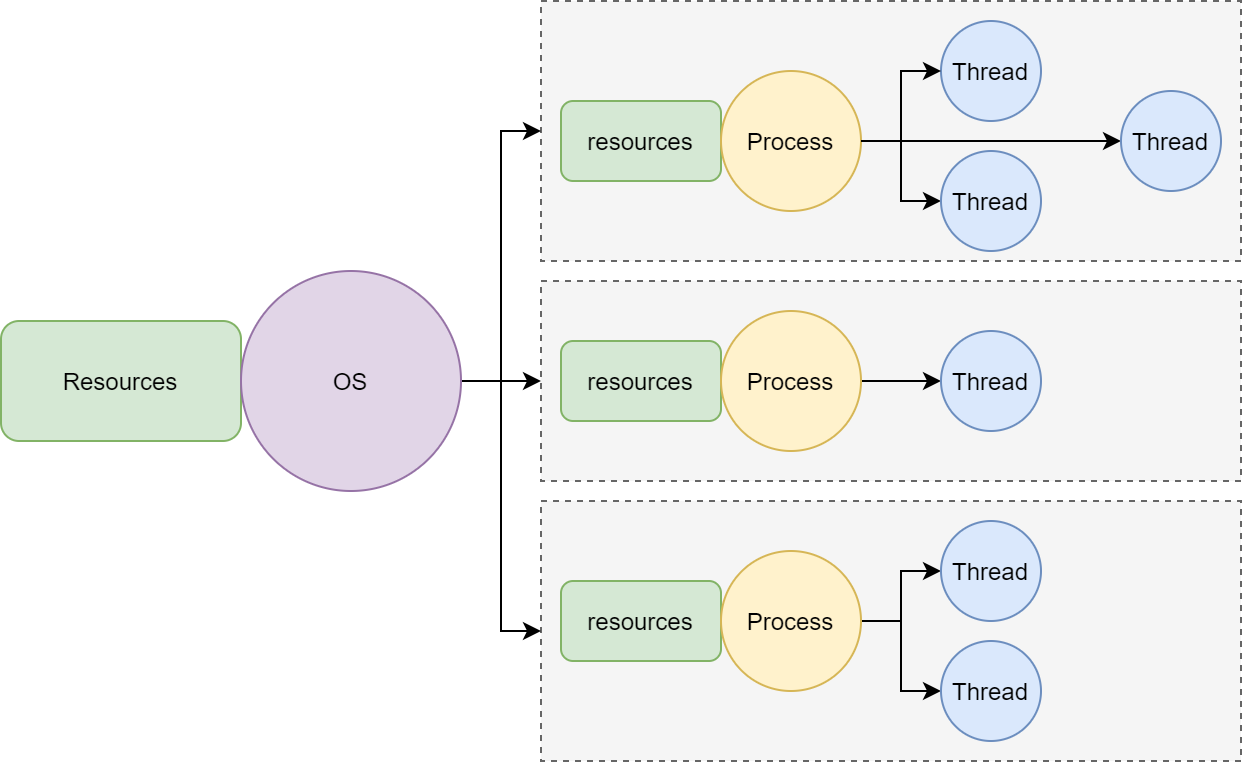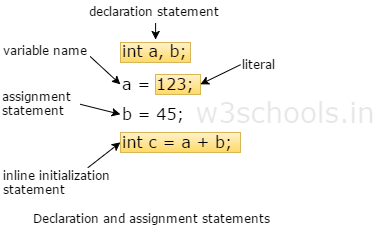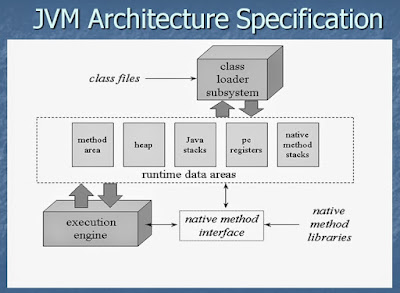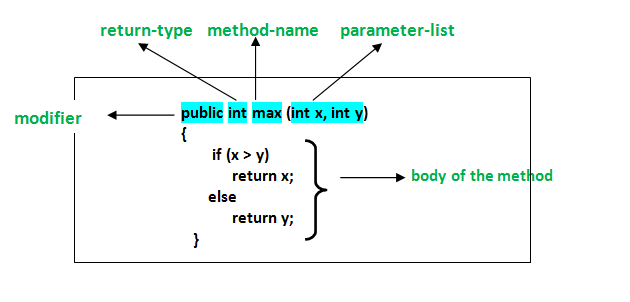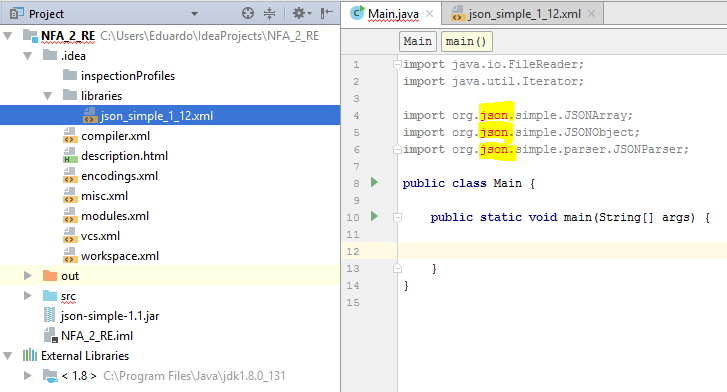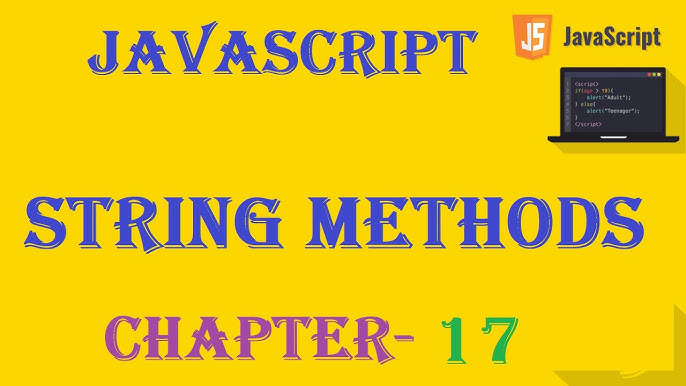Collections class in Java
Collections class in Java
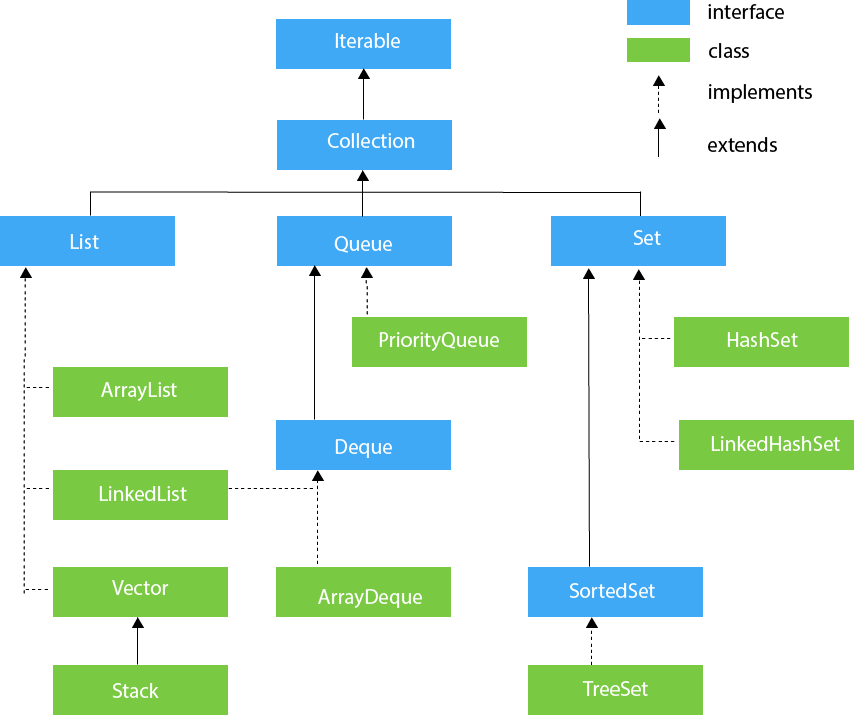
I'd be happy to explain Collections in Java!
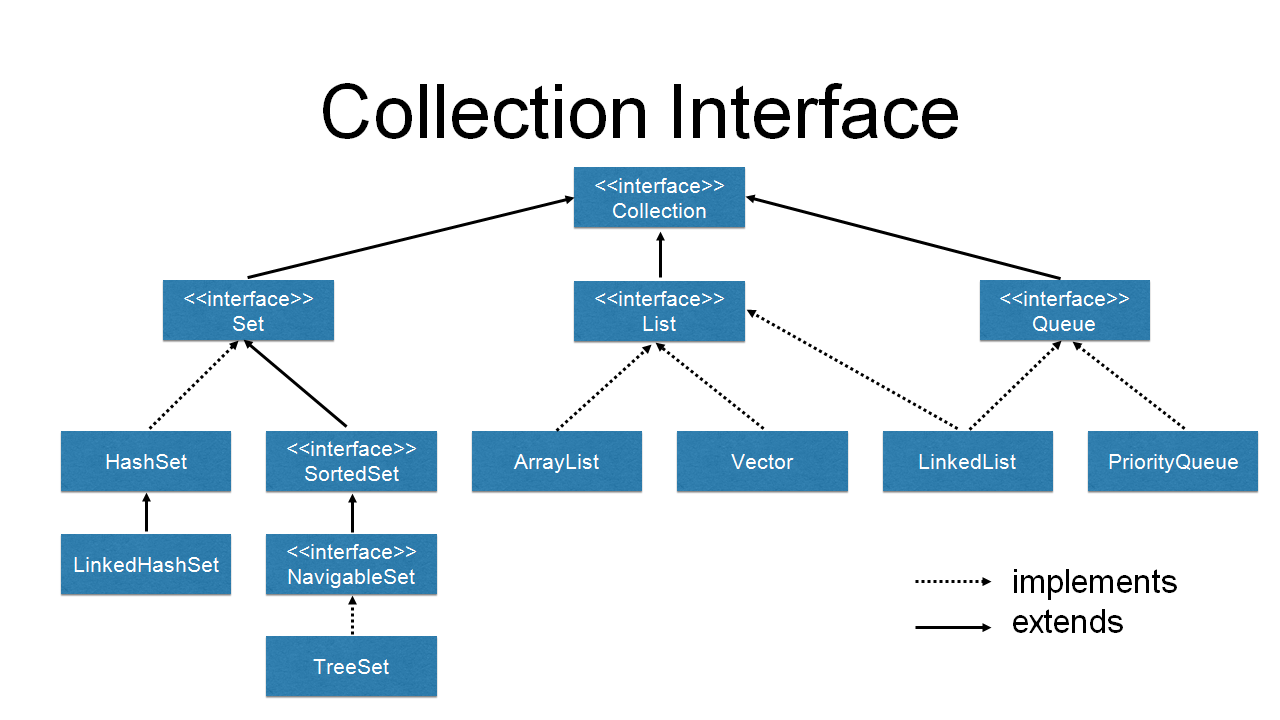
In Java, the Collections Framework is a part of the JDK (Java Development Kit) that provides utility classes and interfaces for operating on various types of data collections such as sets, lists, maps, queues, stacks, and more.
The Collections framework was introduced in Java 2.0 (1997), and since then, it has become an essential component of any Java application.
Here are some key features of the Java Collections Framework:
Interfaces and Classes: The framework provides a set of interfaces and classes that can be used to create different types of collections. Generic Programming: Many of the classes in the framework use generics, which allows for type-safe programming and helps prevent casting errors at runtime. Algorithmic Utilities: The framework includes utility methods and algorithms for performing common operations on collections such as searching, sorting, and manipulating elements.Some examples of useful collection interfaces and classes include:
List: A linear collection that maintains a specific order, such as a linked list or an array-backed list. Set: An unordered collection that does not allow duplicate elements. Map: An unordered collection that maps keys to values, allowing for efficient lookups and insertions. Queue and Stack: First-In-First-Out (FIFO) collections that follow the LIFO principle respectively.
The Collections Framework also includes many useful utility methods, such as:
Sorting: TheCollections.sort() method can be used to sort lists of objects by their natural ordering or by a custom comparator. Searching: The Collections.binarySearch() method can be used to search for an element in a sorted list. Manipulation: The Collections.shuffle() method can be used to randomly reorder the elements in a collection.
The Collections Framework has many benefits, including:
Code Reusability: By using pre-built collections and utilities, you can write more efficient and maintainable code. Improved Performance: The framework provides optimized implementations for common operations, making your applications run faster. Easier Development: With a comprehensive set of interfaces and classes to work with, you can focus on writing the logic of your application rather than implementing low-level collection management.In conclusion, the Java Collections Framework is an essential part of any Java application that requires working with data structures. Its extensive range of interfaces, classes, and utility methods make it an invaluable tool for any Java developer.
Word count: 309
Java Collection methods
Java collection methods! A vital part of any Java programmer's toolkit.
In Java, collections are a crucial aspect of programming. They provide an efficient way to store and manage data structures like lists, sets, maps, etc. The Java Collections Framework (JCF) provides many useful methods for manipulating these collections.
Let's start with the basics! Here are some essential collection methods:
add(): This method adds a new element to the end of the list or array.Example: myList.add("New Element");
Example: myList.remove("Old Element");
Example: if (myList.contains("Existing Element")) { ... }
Example: if (myList.isEmpty()) { ... }
Example: int myListSize = myArrayList.size();
Example: String myElement = myArrayList.get(0);
Example: int index = myArrayList.indexOf("Target Element");
Example: int lastIndex = myArrayList.lastIndexOf("Target Element");
Example: myArrayList.set(0, "New Value");
Example: myArrayList.clear();
Example: Collections.sort(myArrayList);
Example: Stream<String> myStream = myArrayList.stream();
And many more!
Remember, mastering Java collection methods is essential for any serious Java programmer. With these powerful tools at your disposal, you'll be able to efficiently manage and manipulate your data structures like a pro!
